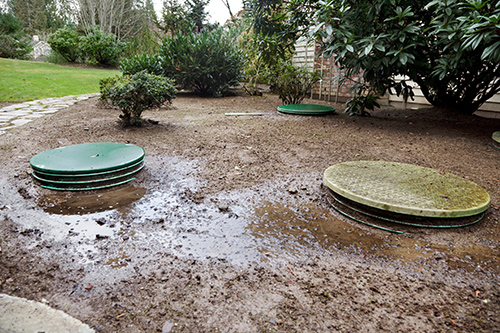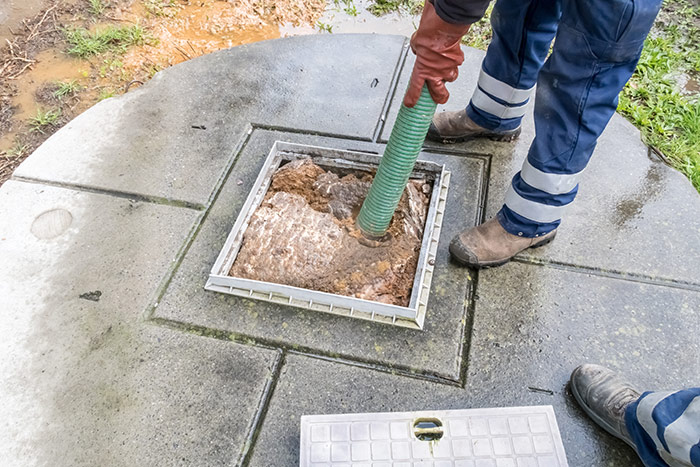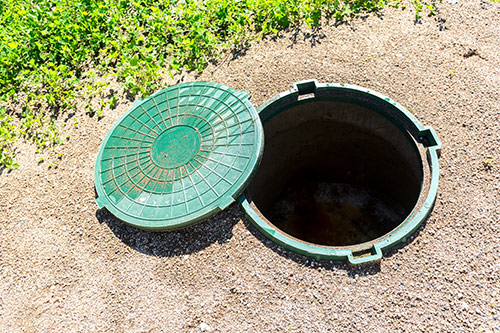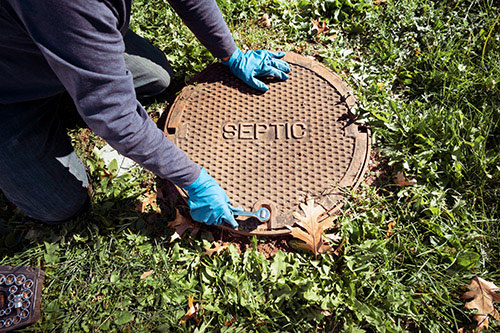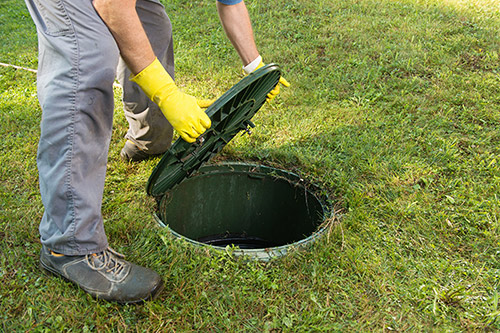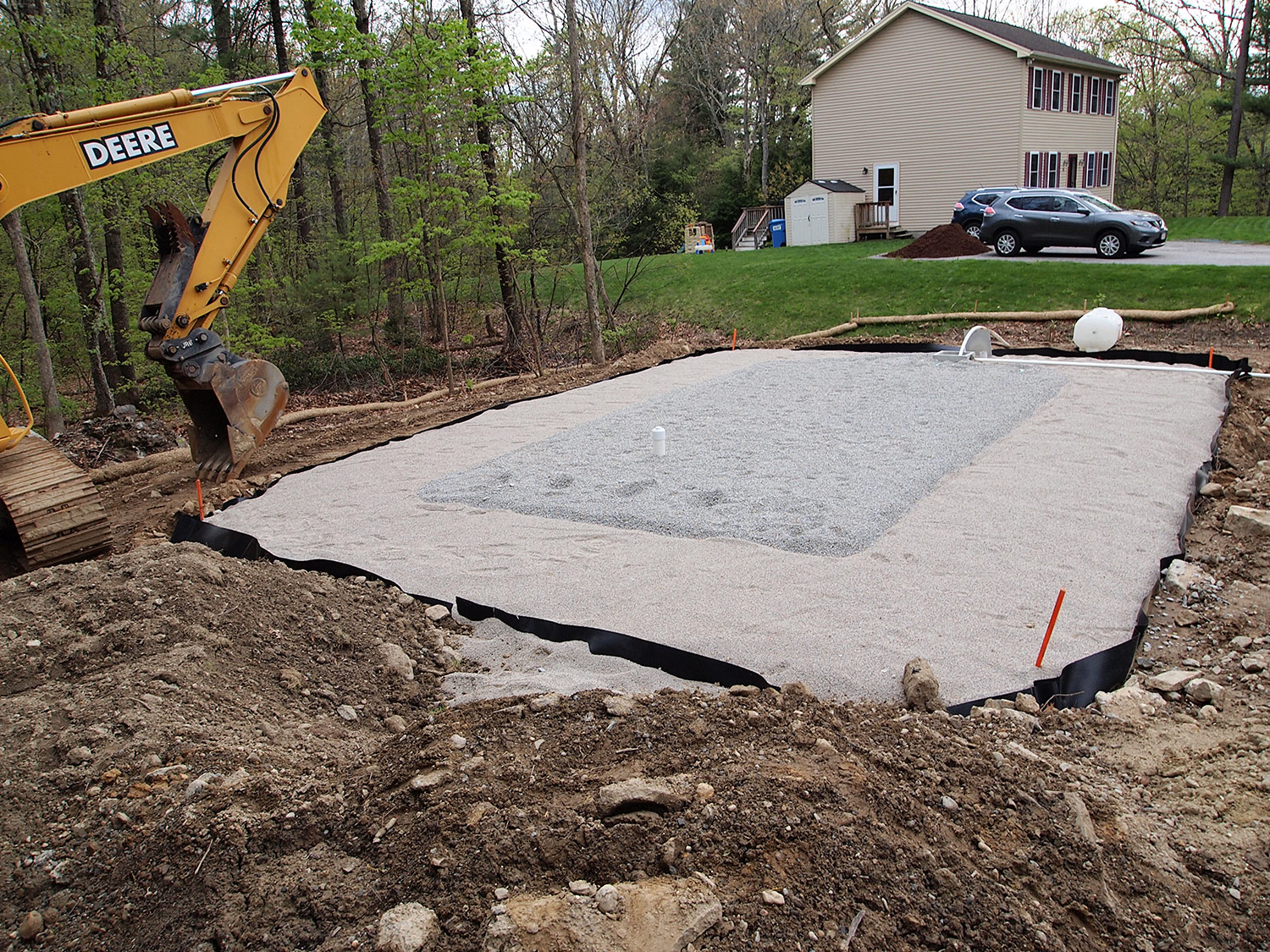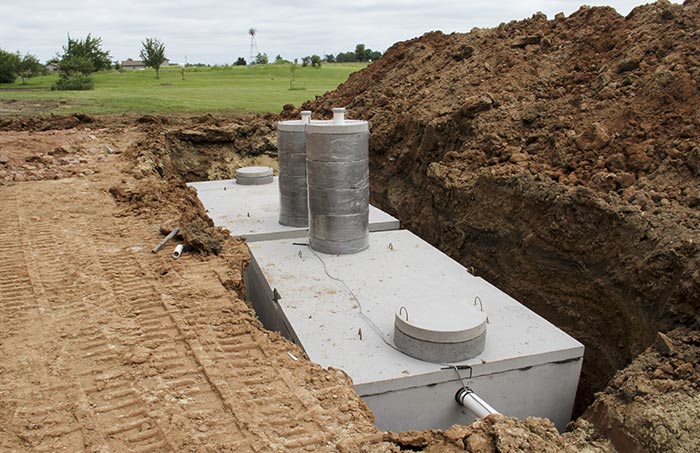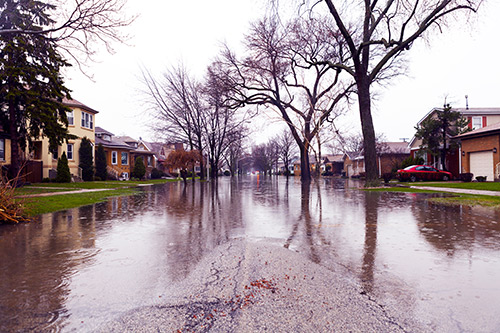
If your problem is a high water table or poorly drained soil, you may still be allowed to build a mound septic system or other type of alternative septic system. These cost more to install and maintain than a conventional gravity system, but are the only option on many building sites. Always choose a system with a well- established track record and the fewest moving parts.
In some cases, you may be allowed to “dewater” a wet site around the drain field using an system of perforated pipes and gravel drains that direct water away from the area. This effectively lowers the water table under and around the drain field. Replacing poorly drained native soil with engineered fill may also be an option in some jurisdictions. These types of engineered solutions require expert design and installation as well the cooperation of the regulating authorities.
Wetlands & Flood Zones
If the proposed drain field site is classified as a wetlands or flood zone, then you will need to look elsewhere. Also you do not want place the drain field in the drainage path of roof and yard water. This can lead to flooding of the drain field as well as erosion. On the other hand, a well-designed septic system that is properly maintained can function well for decades.
For more information, contact Morse Engineering and Construction.
Source: buildingadvisor

